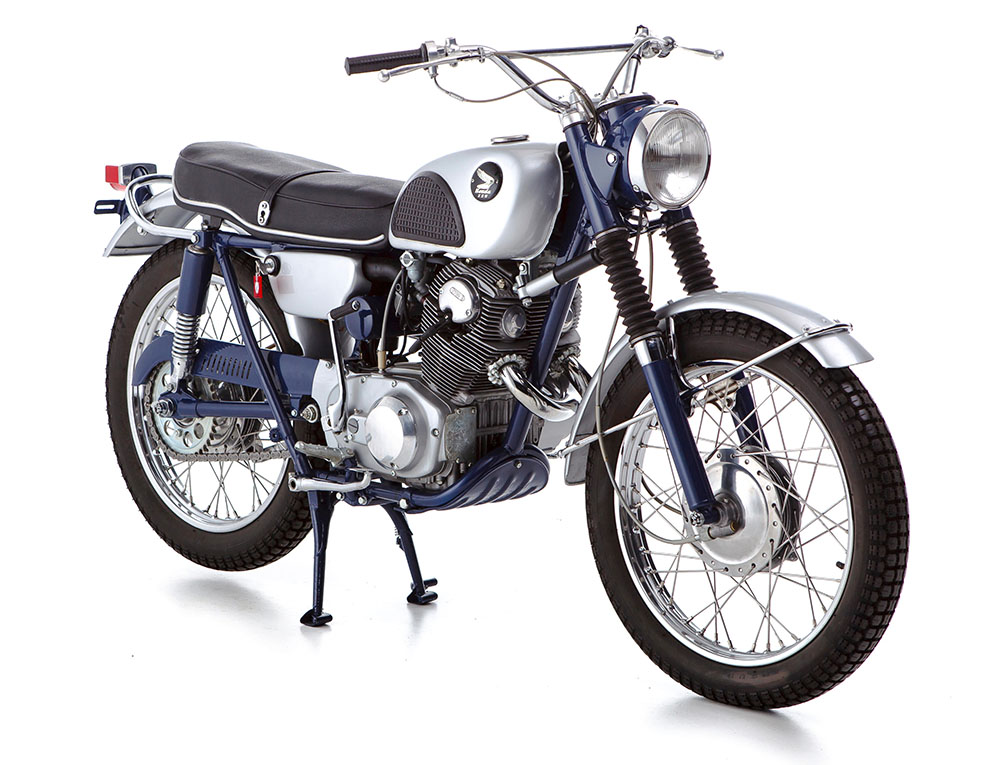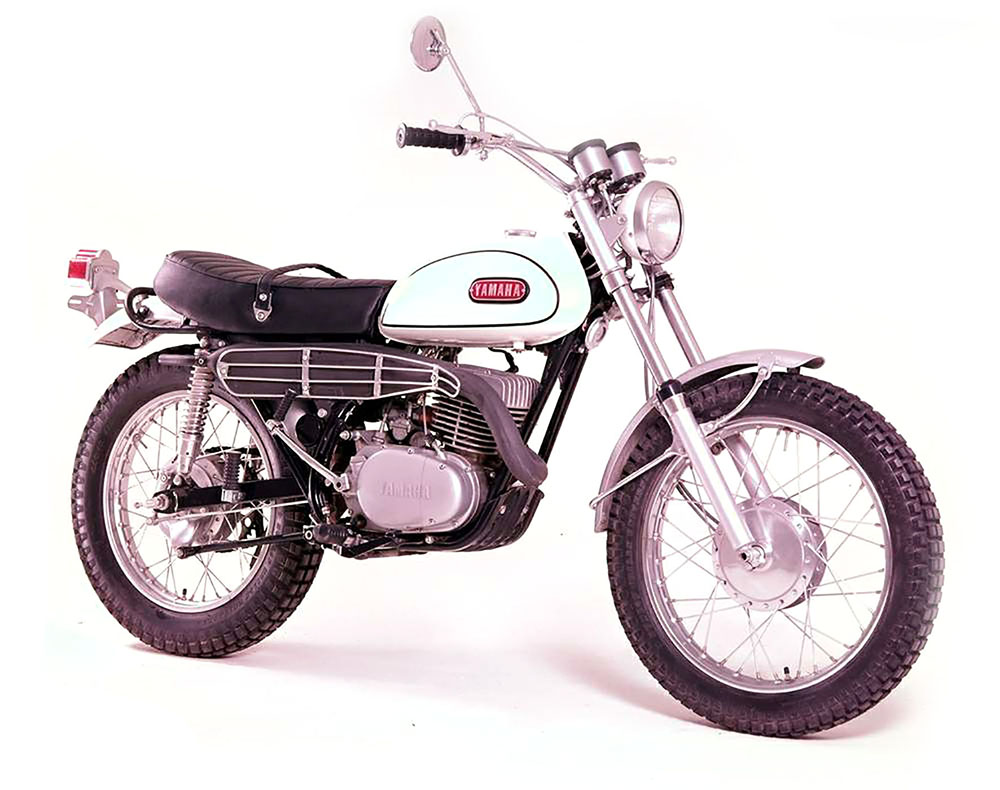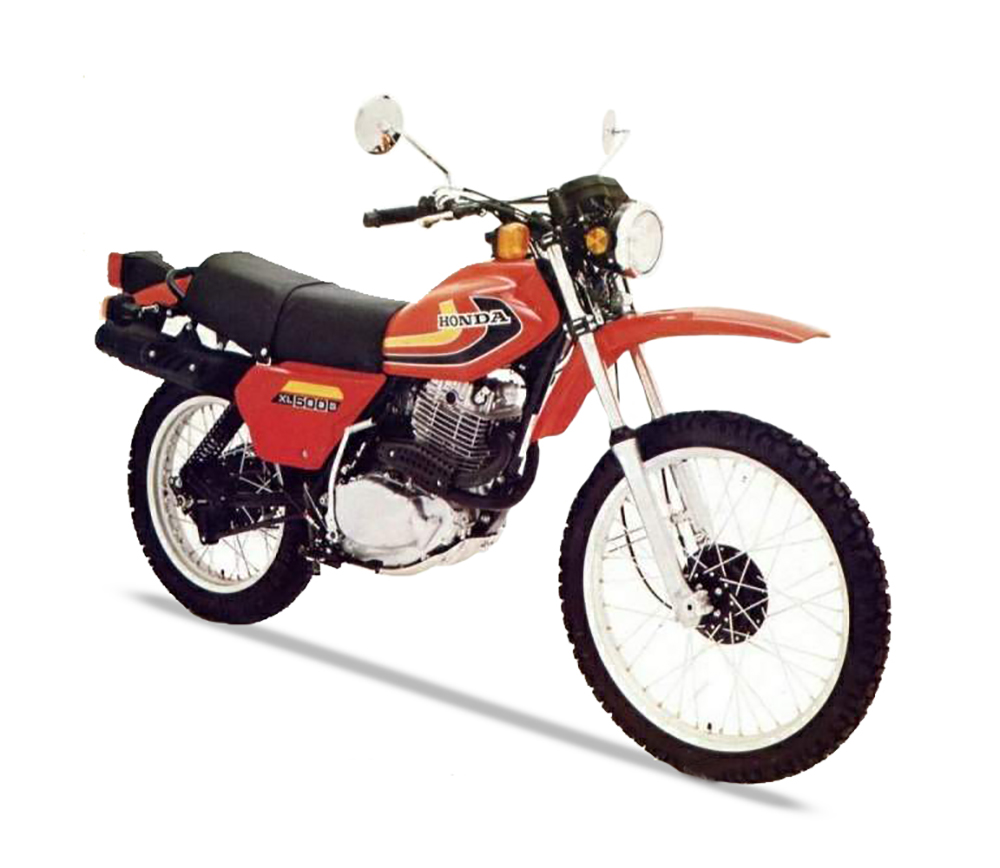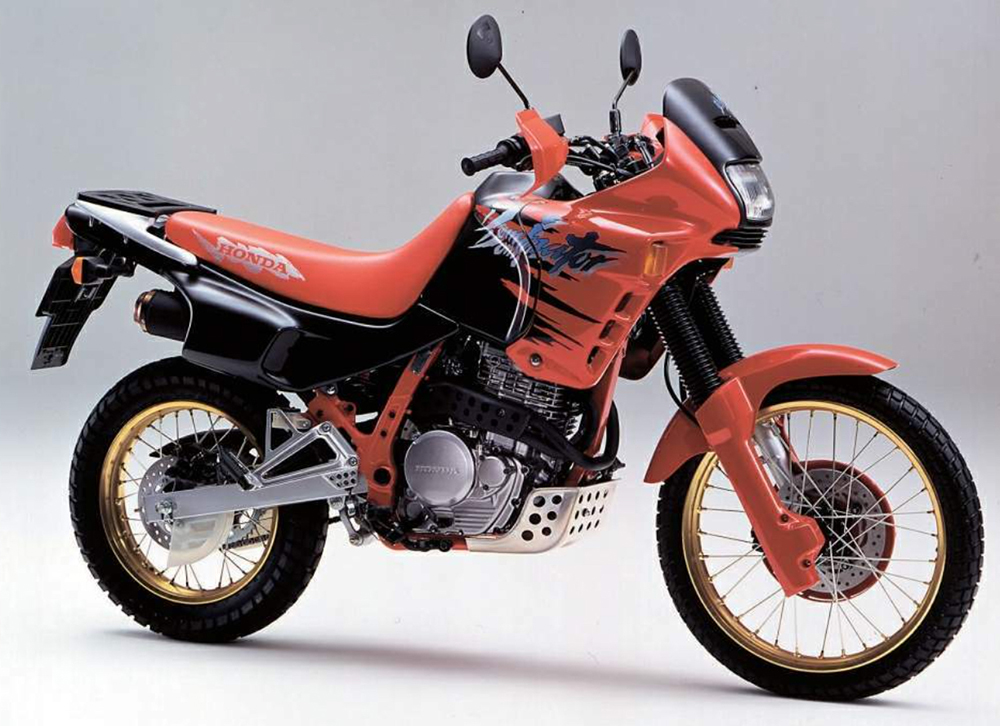As Honda prepares to release a modern version of its popular Transalp, the original ‘Trannie’ still has plenty going for it.
The Transalp’s name gives the clue that Honda’s V-twin dual-sport was originally conceived primarily for the European motorcycle market. Essentially a competent commuter/tourer that has the benefit of being up for a bit of gravel/dirt road touring. This capability was designed into its chassis in terms of suspension travel and ground clearance – the important distinction between the ‘Trannie’ and more dedicated dual-sports bikes is that the off-road edge to its design hasn’t come at the expense of accessibility. The shape of the seat makes it easier for shorter riders to deal with its reasonable 840mm height and the capable but very civilised 52° V-twin engine doesn’t intimidate occasional off-road folk the way punchy but sometimes cantankerous single-cylinder engines can.

The Transalp had been selling well in Europe for a few years before it was launched here in 2003. But it struggled to win over a strong Australian fan-base – for no good reason in our book. Perhaps Aussies expected a bike that’s up for a bit of back-roads touring to look more robust. There’s nothing tough or aggressive about its rounded styling. Maybe it also suffered from memories of the much-ignored Honda Revere from the early 90s – remember that?! – which had the same basic engine.
The reality was that it was a very capable bike and a rewarding ride in many settings. Many shapes and sizes of riders feel comfortable and confident riding a Transalp. While it’s not light at 191kg dry, it feels lighter, whether you’re pushing it out of the shed or doing low-speed manoeuvres in traffic.
The engine’s throttle response is linear. The fuelling is good. The clutch and gearshift are precise and easy to use. The brakes have ample power and respond progressively. The wide ’bars make steering the bike light and easy.
The softish suspension works remarkably well, combining with the chassis geometry to produce very neutral and predictable handling. While its long-travel design makes for some dive under brakes, it’s not excessive or unsettling. This Honda is ideally suited to commuting through city traffic – it’s a very accomplished and comfortable lane-splitter. While it’s not a sharp steerer, it produces no nasty surprises in the twisty bits and is quite forgiving if you stuff-up a corner entry and need to take a desperate second bite. Despite, or perhaps because of the engine’s modest 39kW (52hp) peak power and calm delivery, a Transalp can be deceptively fast when chasing mates on powerful bikes through the hills. While they’re busy braking hard then tipping in before powering out, the Transalp pilot can be calmly staying on the throttle following smooth classic lines and maintaining pretty impressive corner speed through the same bends.
A ‘Trannie’ can be much the same touring on dirt and gravel – unspectacular but surprisingly capable. Initial impressions of softness are put to the lie when you see the sort of punishment they’re capable of soaking up.
Part of the bike’s charm lies in its ability to boost rider confidence and flatter their skills. It performs the touring role very well, taking big-kays days comfortably in its stride. The ride is relatively vibration free and the fairing and screen provide quite good weather protection.
While its luggage attachment points can be a challenge when you’re strapping on touring gear, the small plastic rack is a rugged piece of equipment that can hold a fair load.
The carburettor-fed three-valves-per-cylinder engine’s design can be a bit thirsty when ridden hard – AMCN has experienced it burn its 19 litres in 270km when ridden really hard – better than 320km from a tank would be more normal from an early-naughties bike like this.
While they were arguably well overpriced when new, good used Transalps represent pretty decent value these days. Buyers looking for a versatile bike, who are more interested in happy travels than perceptions about performance, and who value Honda’s reputation for reliability and quality, could do a lot worse than a Transalp.
PRICE GUIDE
New price
$12,990
Secondhand
$3990-$5990
WHAT TO LOOK FOR
The Transalp is a trouble-free bike with no pattern of problems. Rusting fuel tanks in some early models will have been replaced long ago under warranty.
If there’s more than 65,000km on the clock and the normally quiet engine is noisy, budget for a new cam-chain. Check for signs of neglect and abuse, in particular any frame, wheel or casting damage resulting from crashes or frequent unsealed-road work.
SERVICE HISTORY
The Transalp XL650V is a straight-forward enough bike to work on with DIY-owners appreciating its accessible carburettor-era technology. Valve-clearance adjustment on the front cylinder is tricky, however, requiring a special bent feeler-gauge to do the job.
Regular cleaning, lubing and adjusting of the chain is important, particularly after unsealed road trips, when wheel-spoke tension should also be checked.
Minor services including oil and filter changes are required every 6000km and majors, including valve clearances, are due every 12,000km.
BUILDING BRICKS

1962 Japanese ‘Street Scramblers’ like Honda CL72 introduced into US market followed by British bike versions.

1968 Yamaha DT-1 250 two-stroke arrives with real dual-sports capability.

1972 Honda XL250 sets stage for Honda’s four-stroke dual-sports involvement.

1979 Honda XL500 takes the brand into the large-capacity class, followed by XL600.

1988-2000 Honda NX650 does Honda proud in the dual-sports category, paving the way for the introduction of the Transalp.